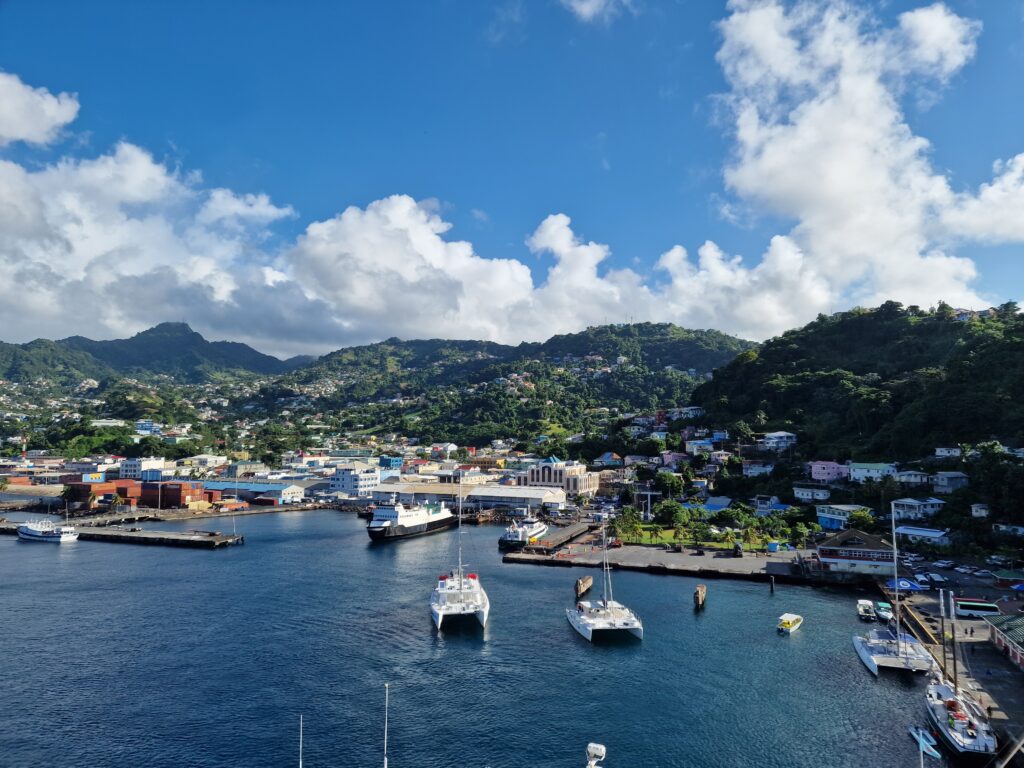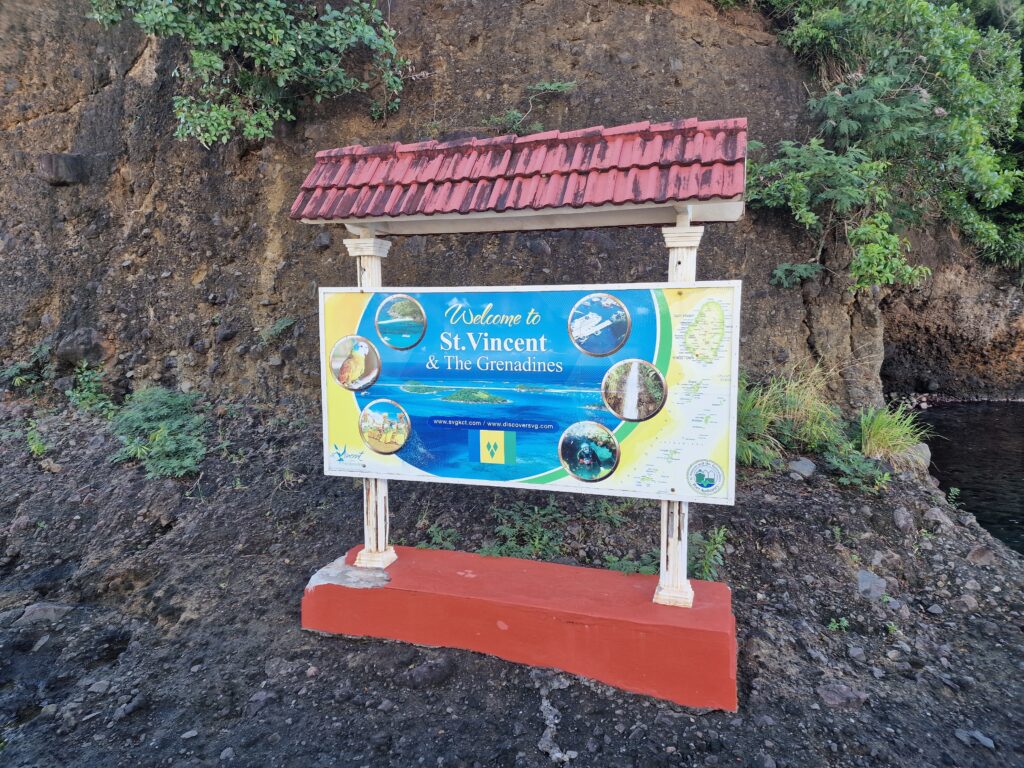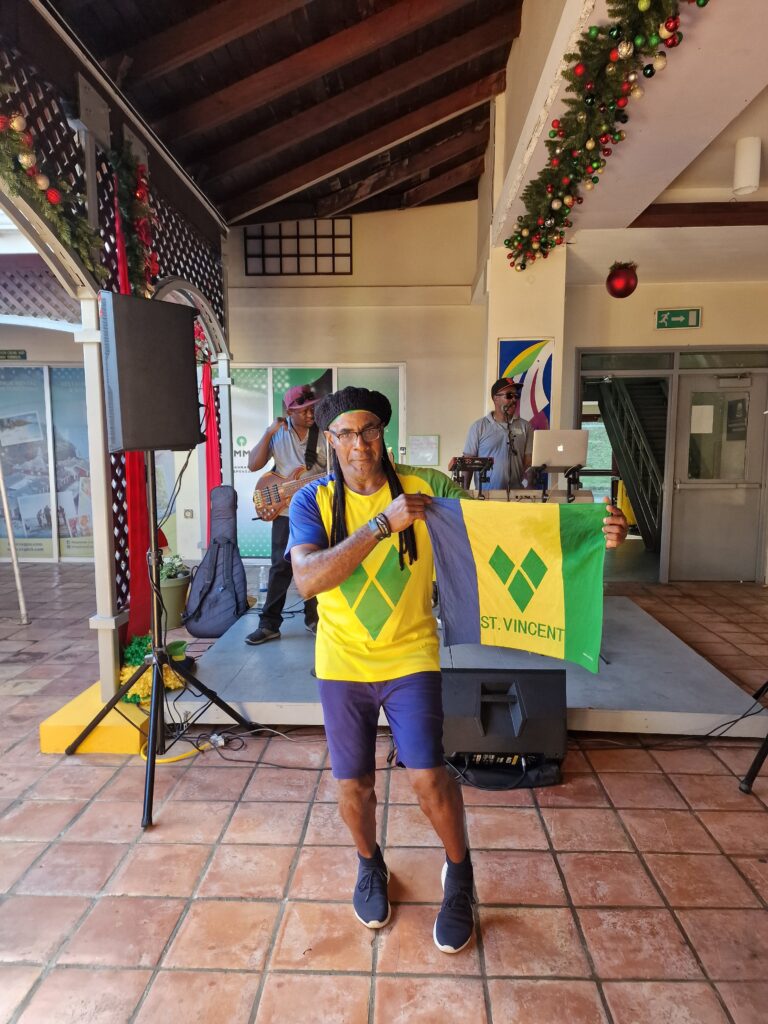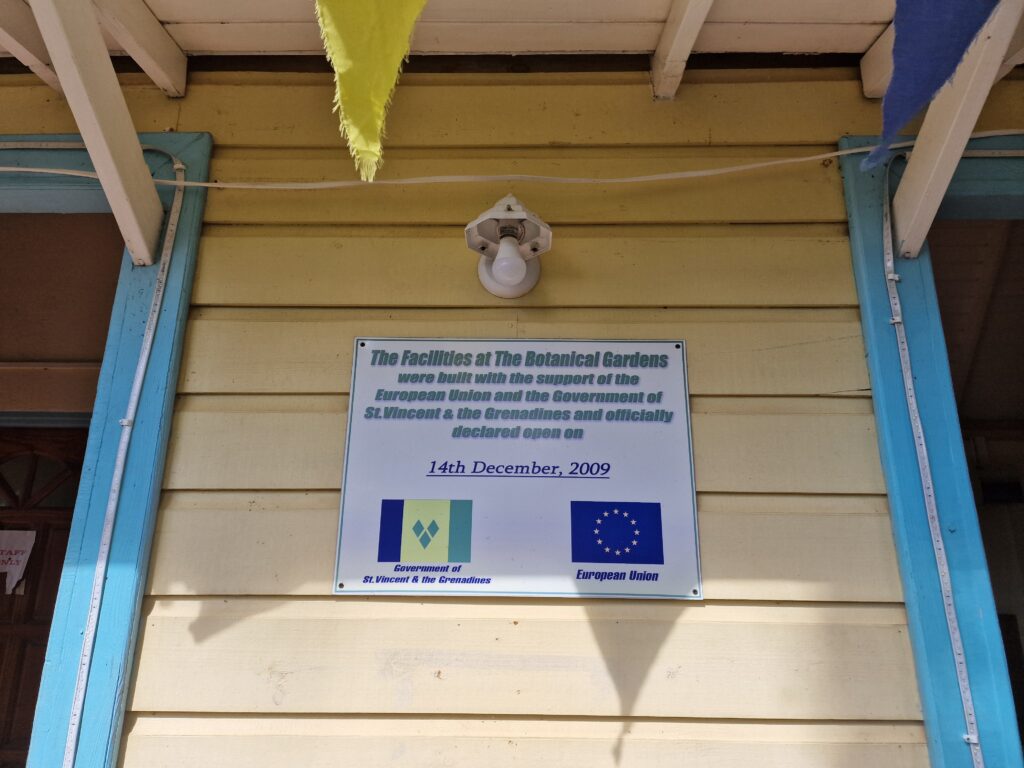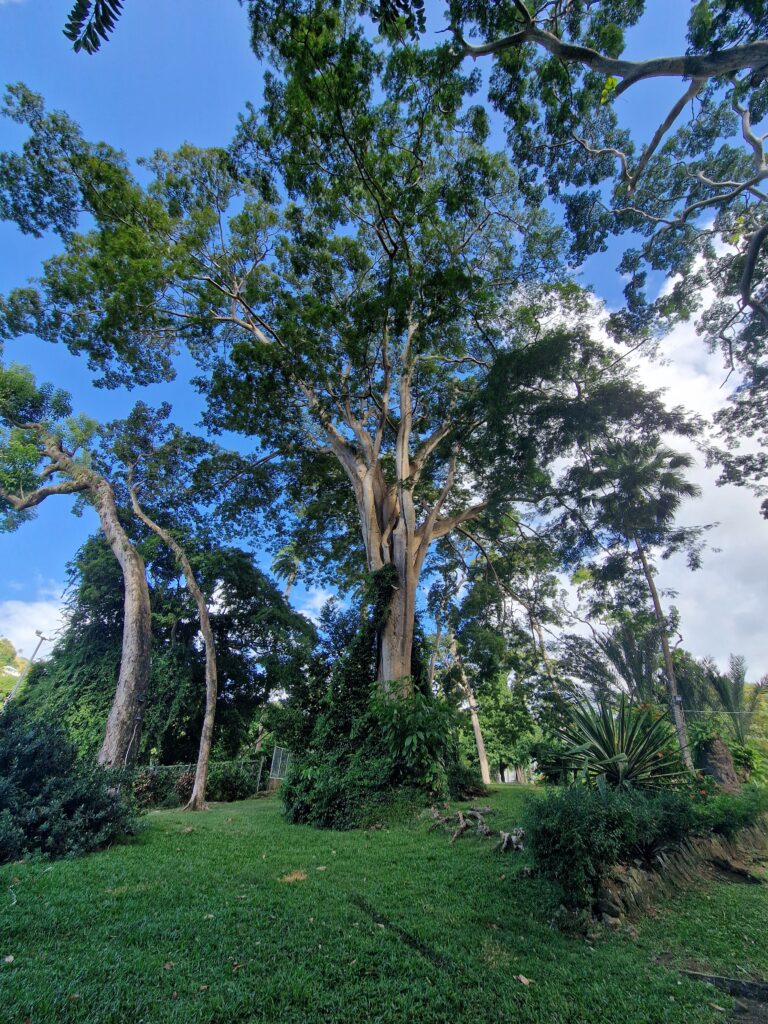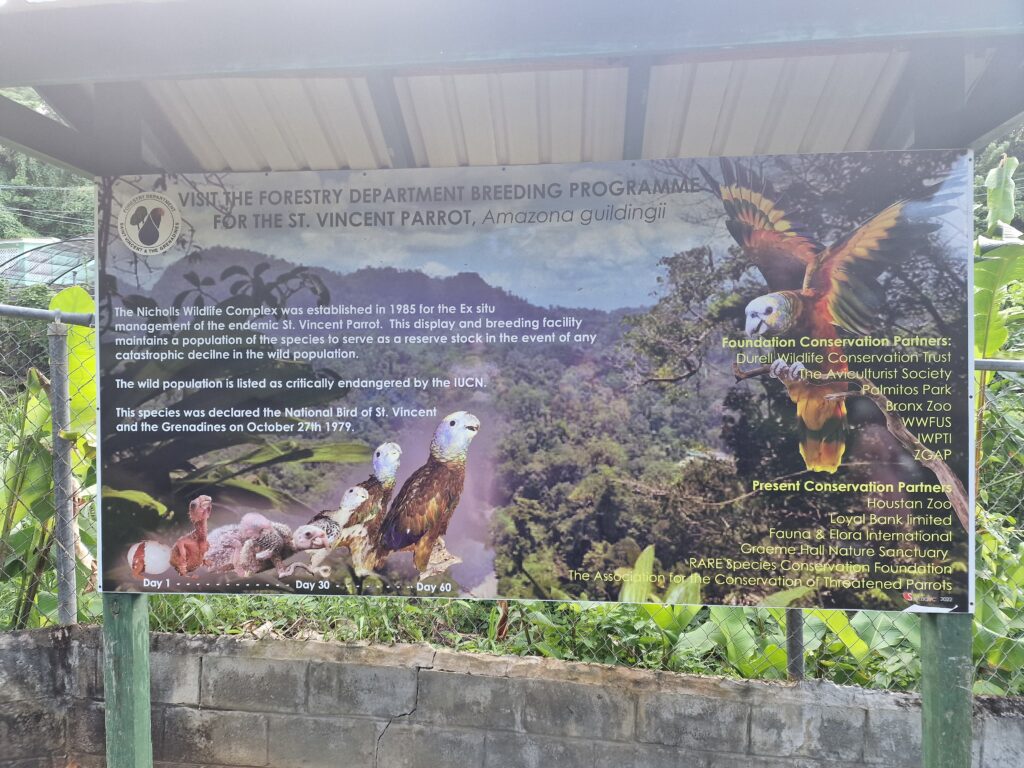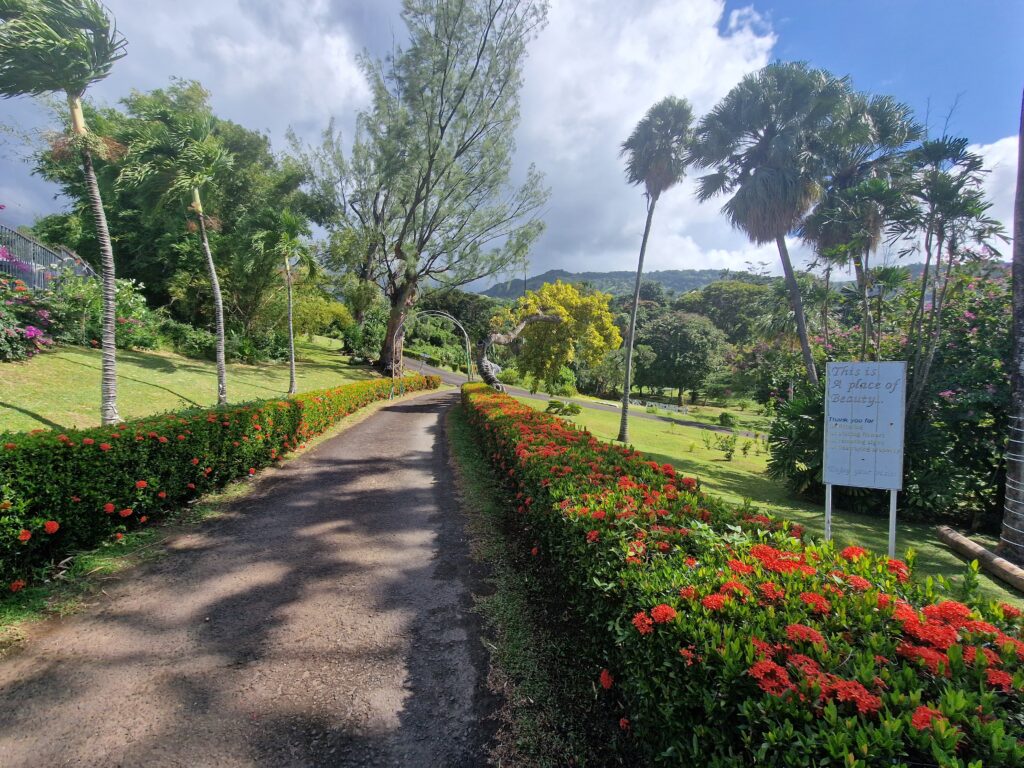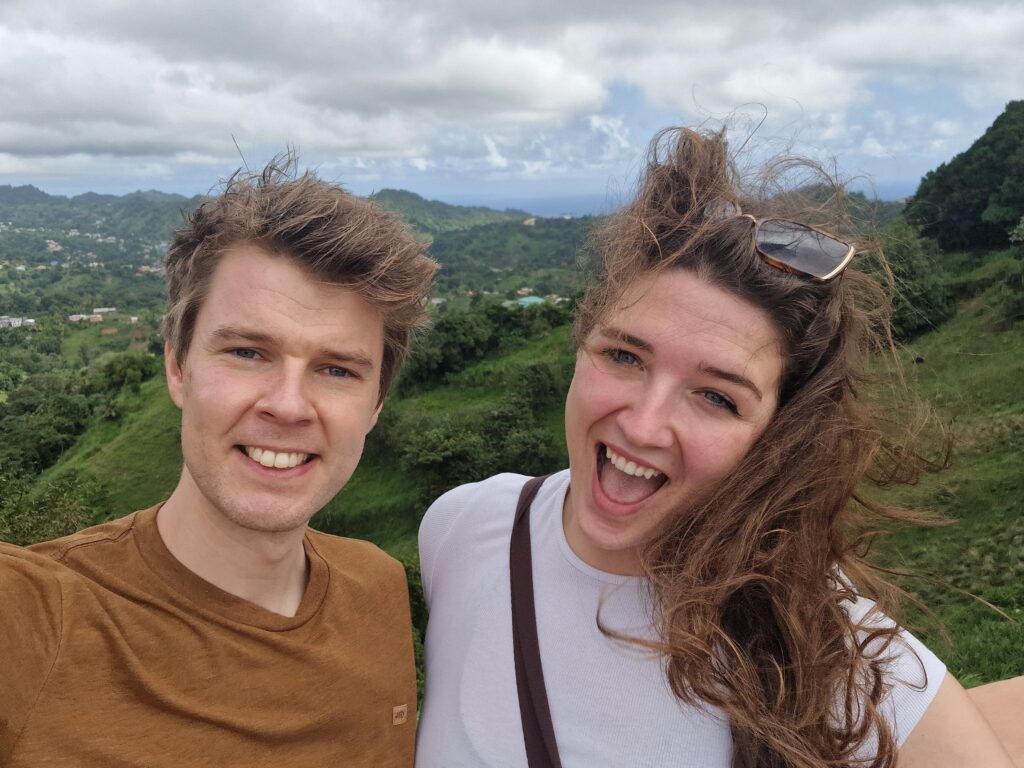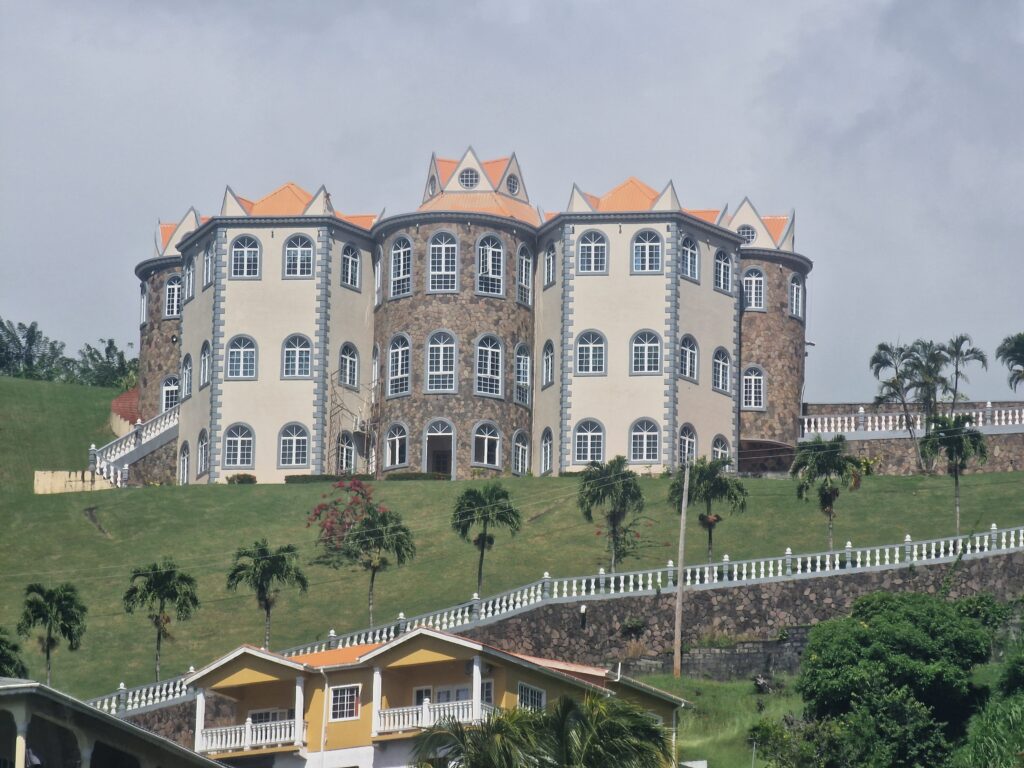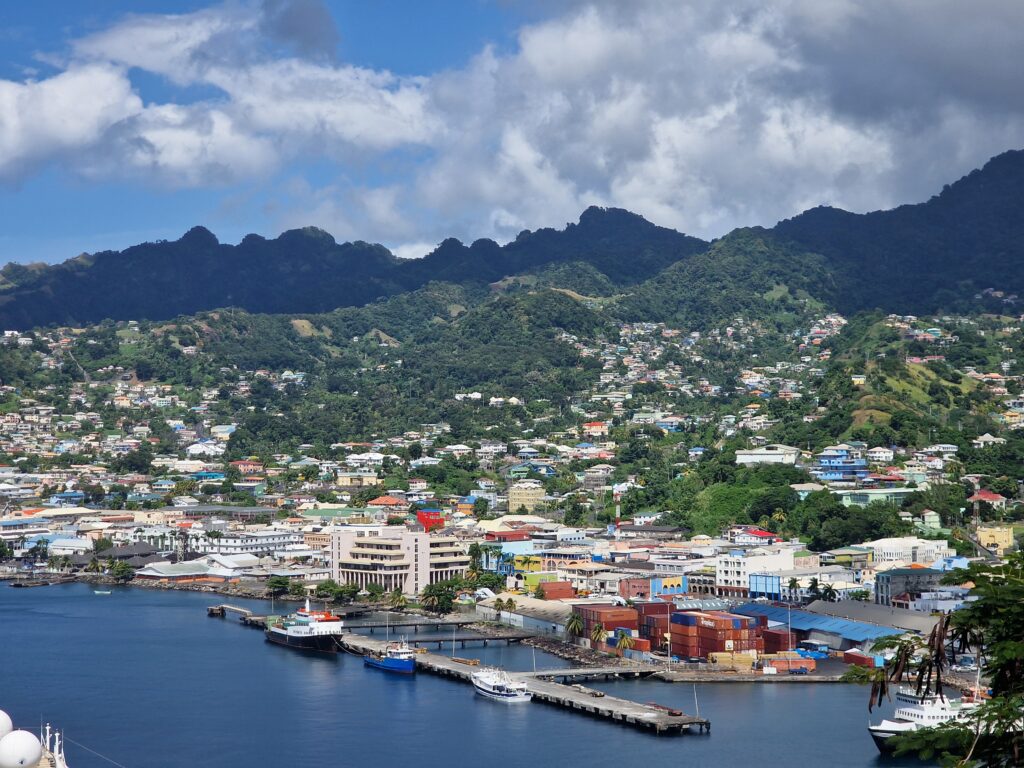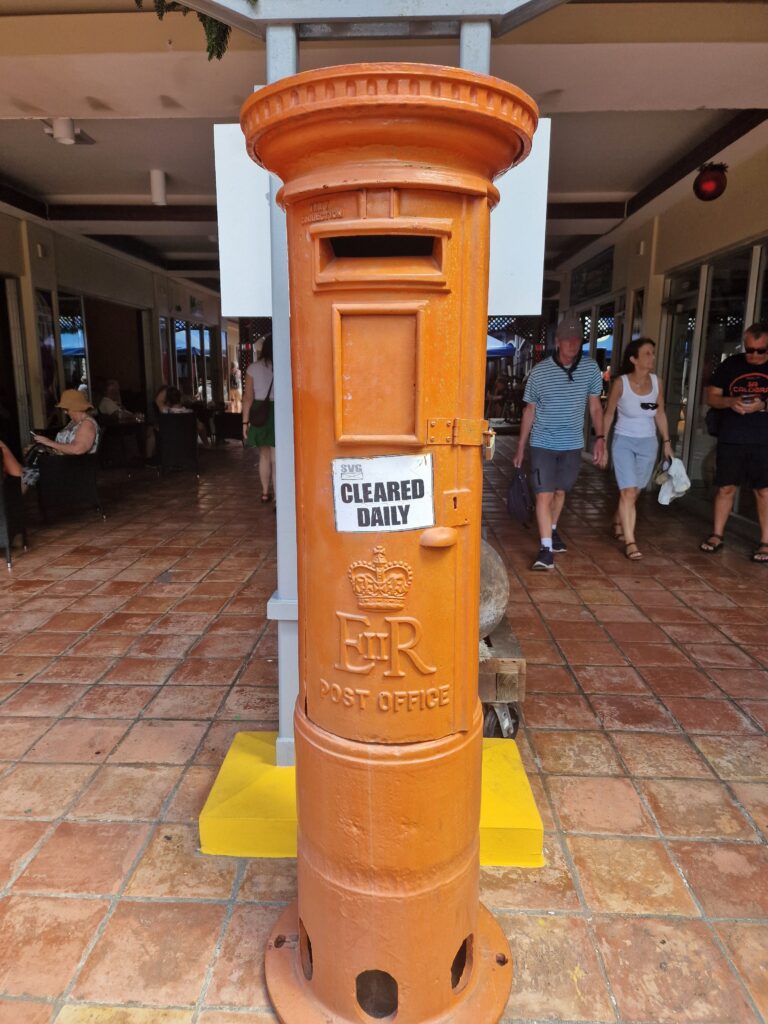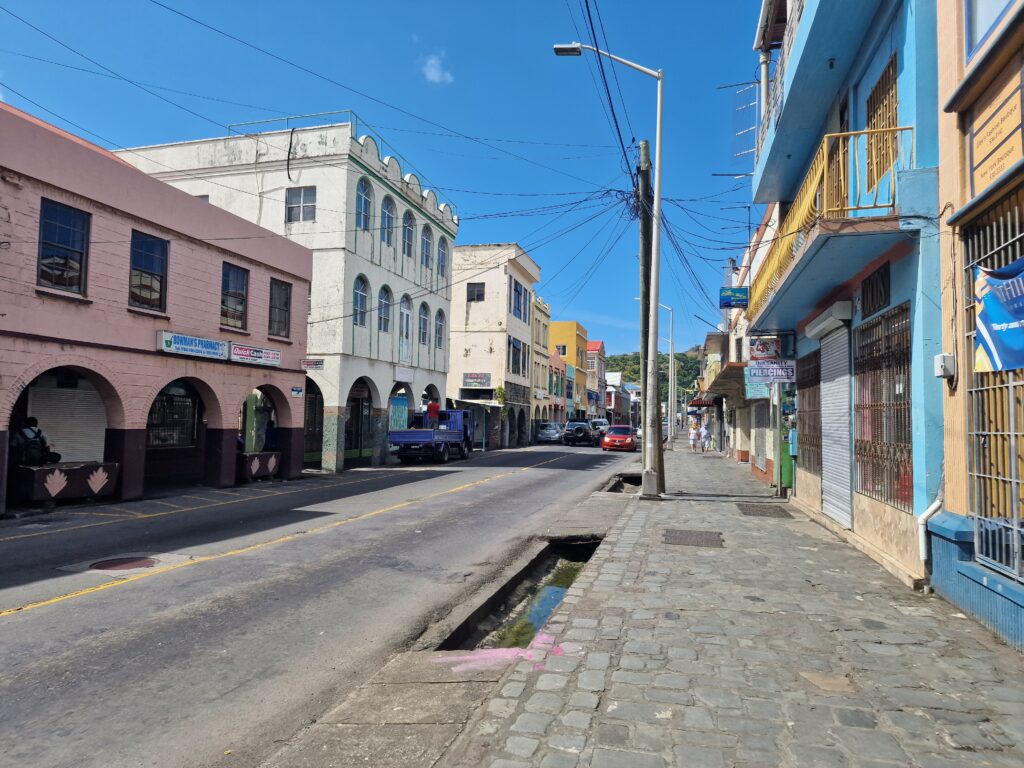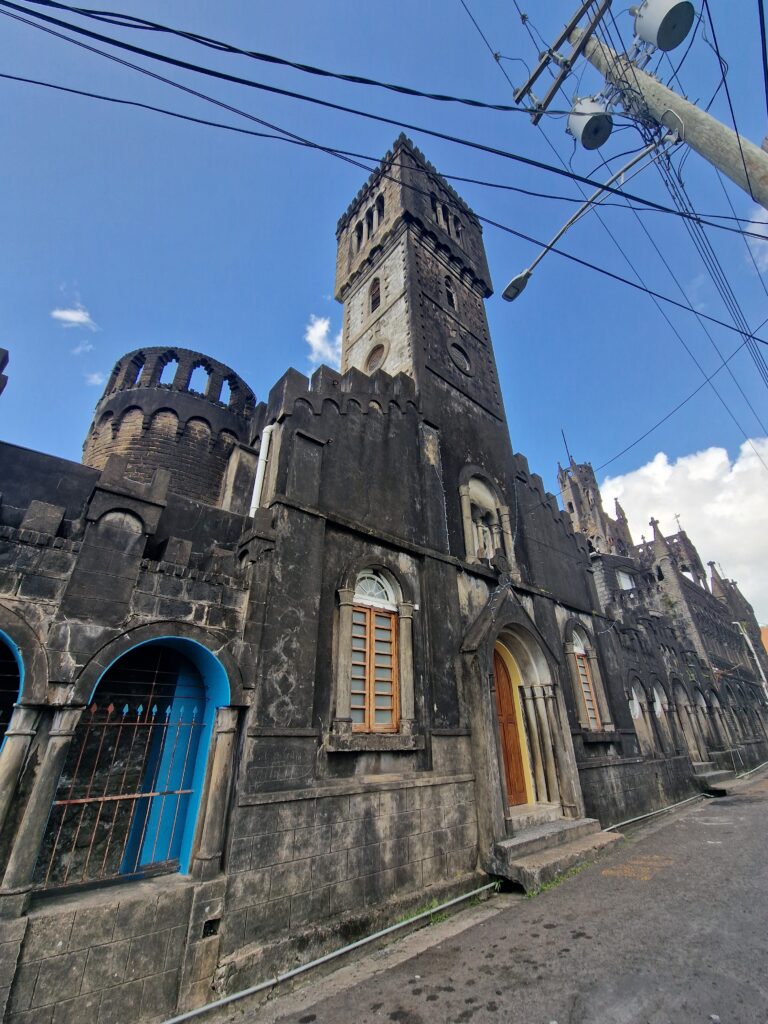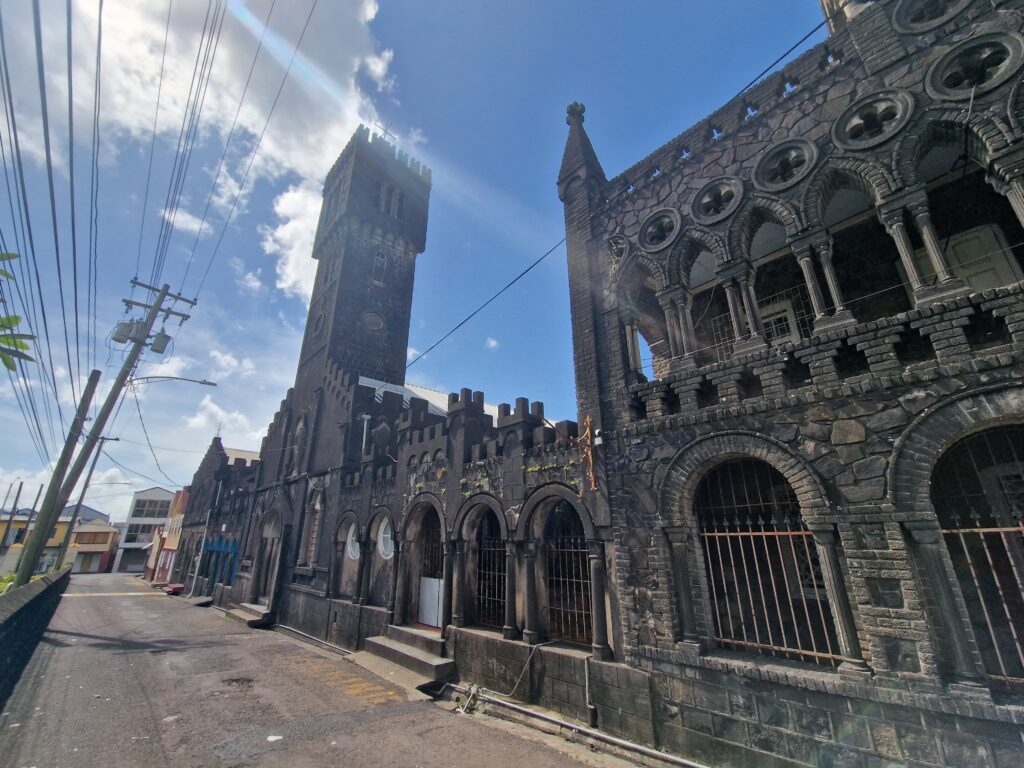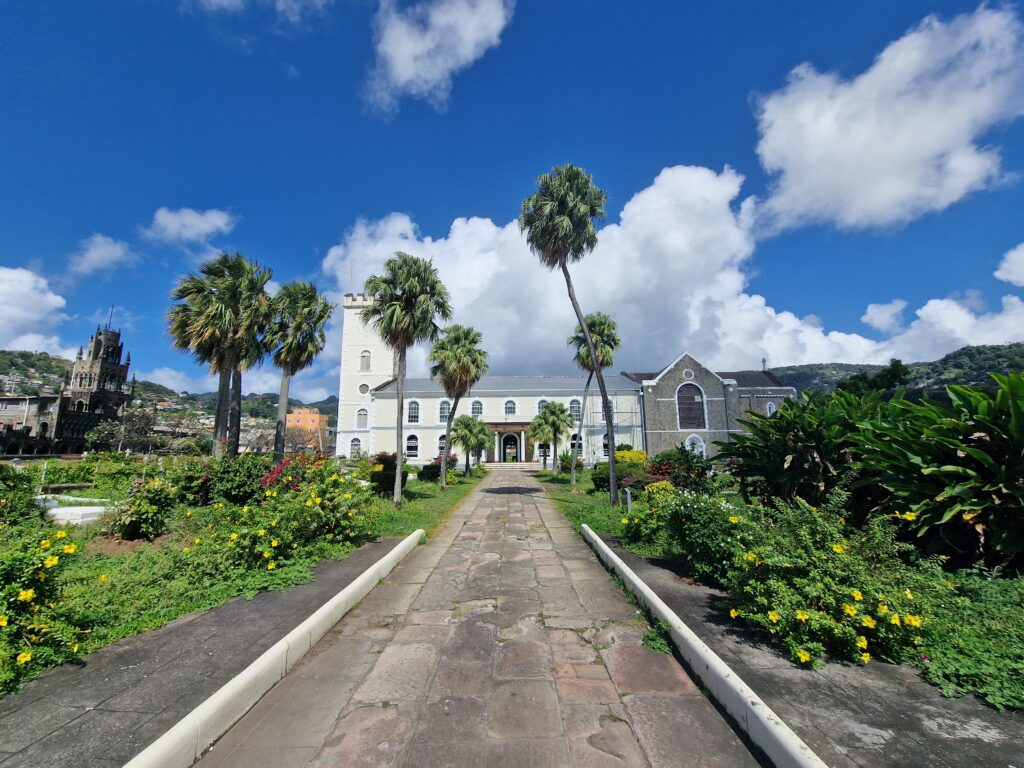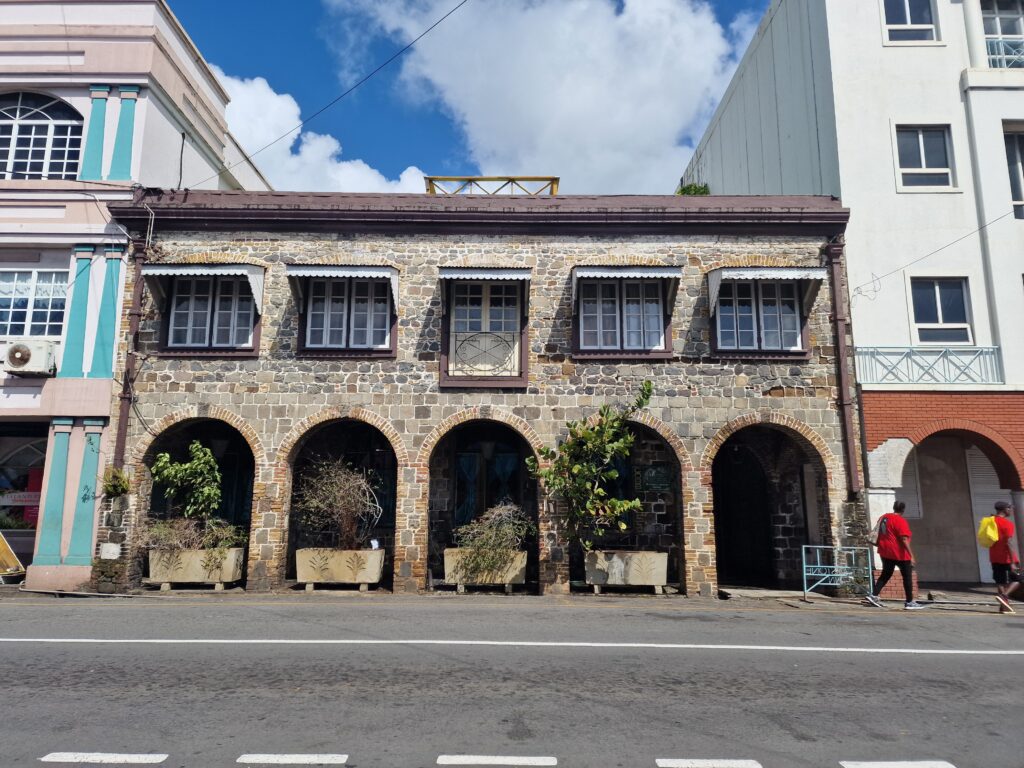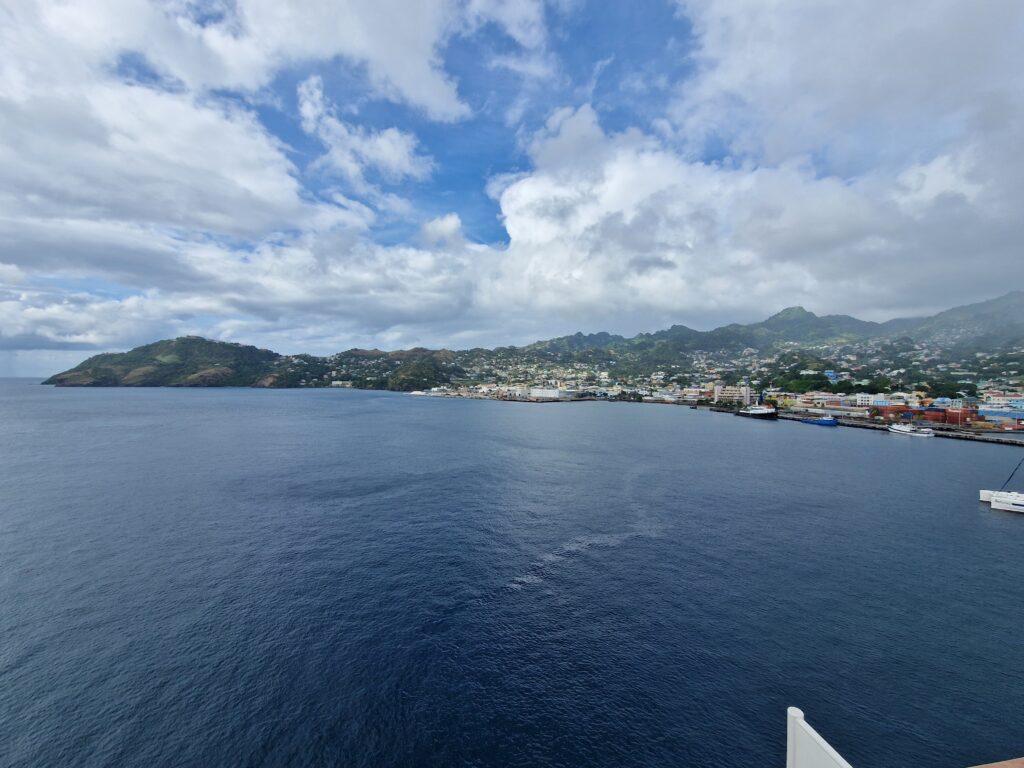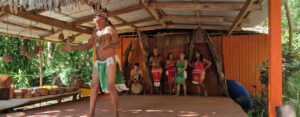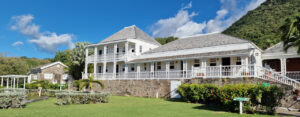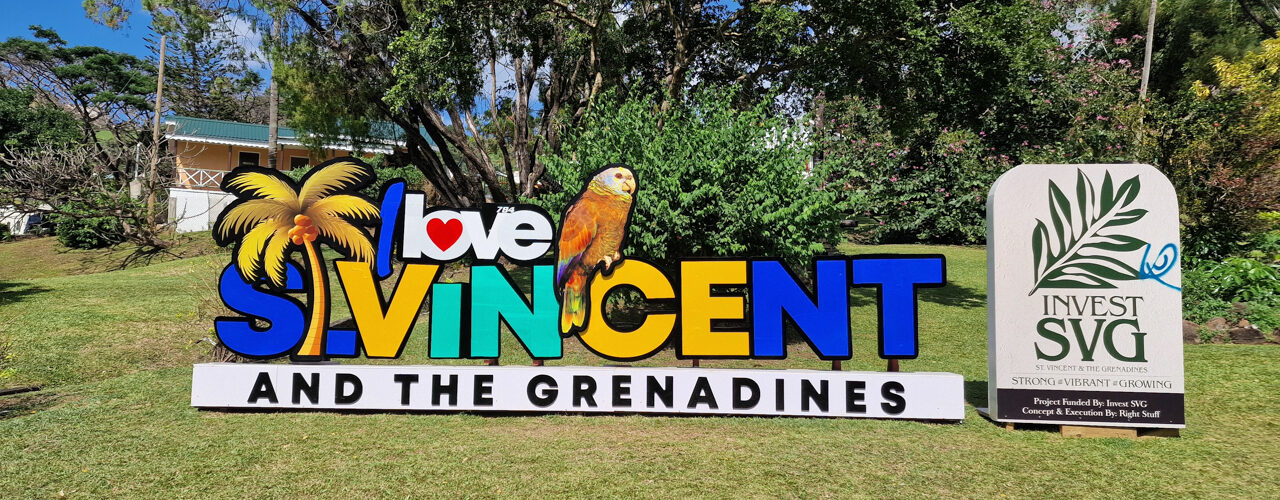
Quaint Vincent & The Nectarines
Before European explorers inevitably blundered onto its shores, Saint Vincent went by the considerably catchier name “Youloumain,” given by the indigenous Carib people. This perfectly good name was promptly discarded when Christopher Columbus—the hapless sailor and ruthless imperialist—arrived, confidently misidentified the islands as usual, and renamed them Saint Vincent and the Grenadines (SVG hereafter, for brevity’s sake and my own sanity). Covering just 369 square kilometres—about half the size of Anglesey, should you ever need that comparison in a pub quiz—the main island of Saint Vincent was our docking point. Our ship dropped anchor conveniently within a ten-minute amble of Kingstown, SVG’s pleasantly bustling capital city, which should under no circumstances be confused with Kingston in Jamaica unless you’re keen to mildly irritate the locals.
After being welcomed ashore by yet another enthusiastic musical ensemble—this time a spirited three-piece belting out Red Red Wine, we boarded our bus and headed into the hills. While the scenery wasn’t quite as rainforest-dense as Grenada’s, the houses more than made up for it, painted in colours bright enough to require tinted lenses. Locals seemed especially fond of the vibrant yellows and blues of the national flag—patriotism trumping subtlety in the paint aisle. Our first stop was the Botanical Gardens, funded proudly by the E.U. no less, and charming it certainly was. The early hour also didn’t deter our hosts from providing generous samples of complimentary rum punch—ideal refreshment at 9:15 am, particularly when, once again, nursing a delicate constitution from the previous night’s onboard hospitality.
The gardens’ headline act, however, was undoubtedly the impressively titled Saint Vincent parrot. Endemic to the island and critically endangered, this feathered VIP is kept under a security regime that would give Fort Knox a run for its money. As a result, catching even a brief glimpse through the layers of fencing and barbed wire proved challenging—though we did manage to hear a distant squawk or two between renditions of Bob Marley classics enthusiastically delivered by a nearby busker. After enduring the obligatory Caribbean fifteen-minute downpour (which arrived precisely as we decided to leave shelter), we boarded our bus once more and rattled uphill to Belmont Lookout, the highest accessible point on the island’s road network. With impressive views over the Mesopotamia Valley—the country’s lush, fertile breadbasket—the lookout offered the rare luxury of a gentle breeze. Naturally, we savoured every fleeting gust, given the midday temperature was comfortably north of thirty degrees.
Continuing our tour, we passed an eclectic mix of millionaire villas, brightly painted wooden cottages, and just about every architectural style in between. Our guide cheerfully explained the island’s precarious relationship with hurricanes, storms which periodically arrive to dismantle large sections of the housing stock as if they’re made from Lego—which, judging by the widespread use of wooden walls and corrugated-iron roofs, they practically are. Consequently, the island seems locked in a permanent cycle of ruin and rebuilding. Unfortunately, this turbulent reality is contributing to a steady decline in the island’s population, even as tourist numbers soar. Wealthy overseas investors have swept in, snapping up properties quicker than locals can say “mortgage rejection,” making affordable housing increasingly scarce. Spiralling property prices, locals pushed out, and opportunistic investors— sound familiar?
As we rolled back into Kingstown, there was still plenty of time to explore the capital on foot—though, if I’m honest, we didn’t need nearly as much as we had. Much like our previous two Caribbean port towns, Kingstown wasn’t exactly bursting with attractions; it’s beginning to become clear why most visitors prefer to breeze through rather quickly, usually at pace and heading straight towards the nearest beach. Still, there were one or two noteworthy exceptions, chief among them being the rather eccentric local cathedral. Its architect, clearly undecided between Romanesque grandeur and Gothic gloom, generously opted for both. The result is a peculiar yet charming hybrid, and easily the most distinctive building on the island.
With another downpour looming, we swiftly took refuge in the nearest bar, ordering enough Carib lagers to comfortably outlast the weather. Admittedly, the ship—complete with unlimited ‘free’ beers—was docked mere metres away, but the local entertainment was far superior. Watching bright-red Brits awkwardly scurrying for cover, while locals carried on chatting as though being soaked to the skin was just a regular Wednesday, proved surprisingly enjoyable. Meanwhile, the tireless three-piece band remained utterly undeterred, launching into yet another rendition of Buffalo Soldier—a song we’d already endured roughly nineteen times in the past three days. At this stage, we were blissfully unaware that our musical torment was only just beginning…
J
